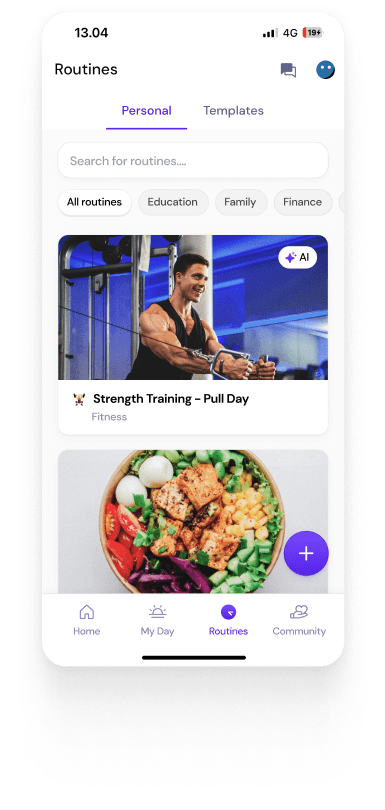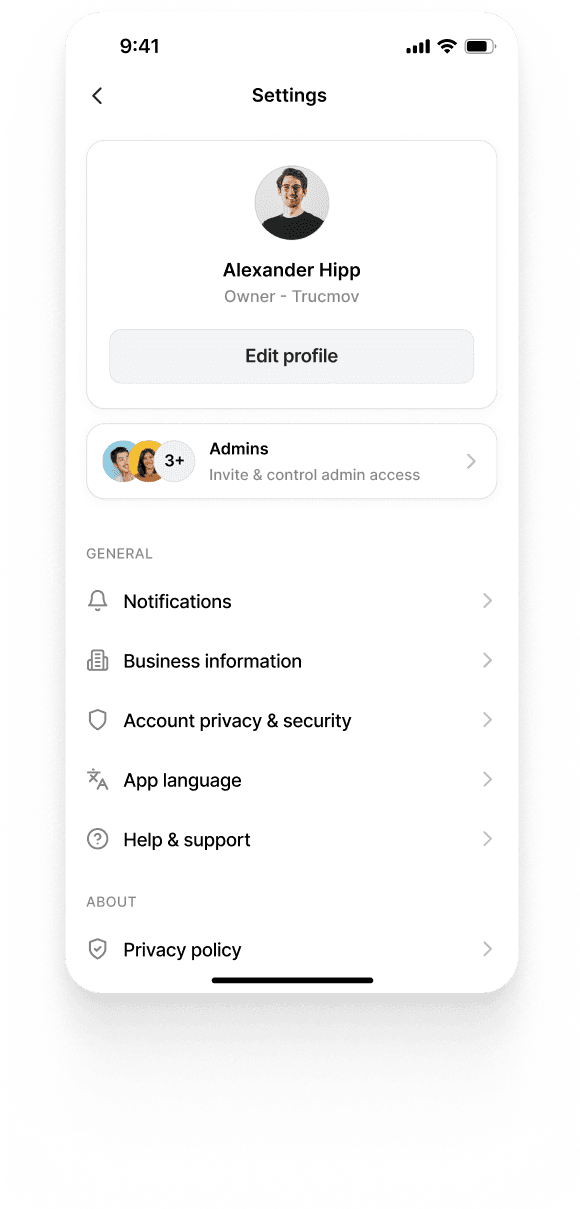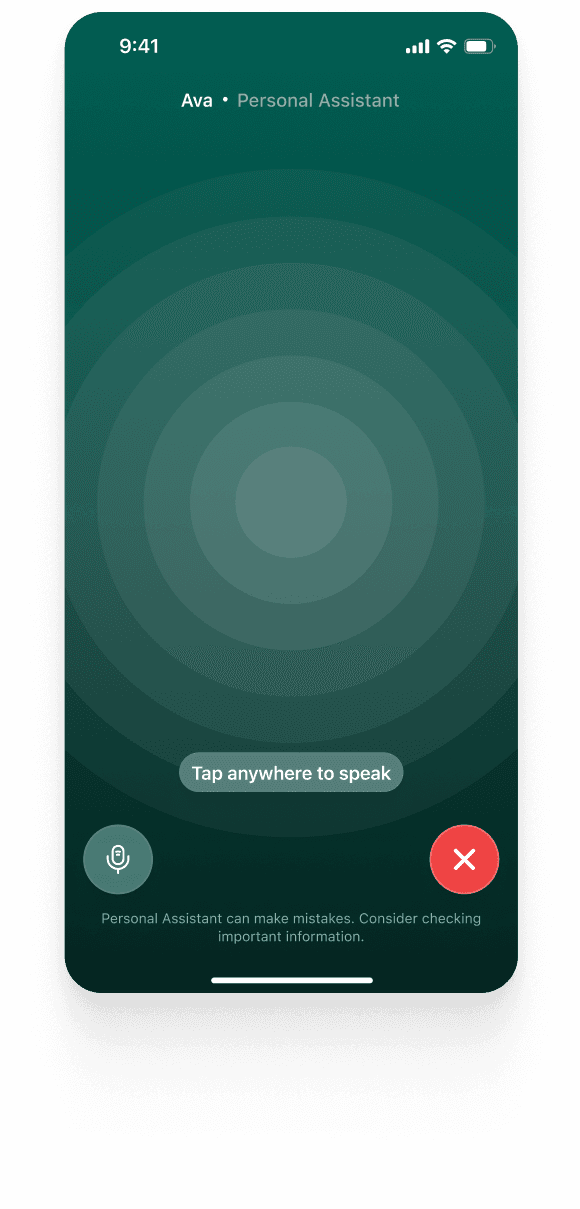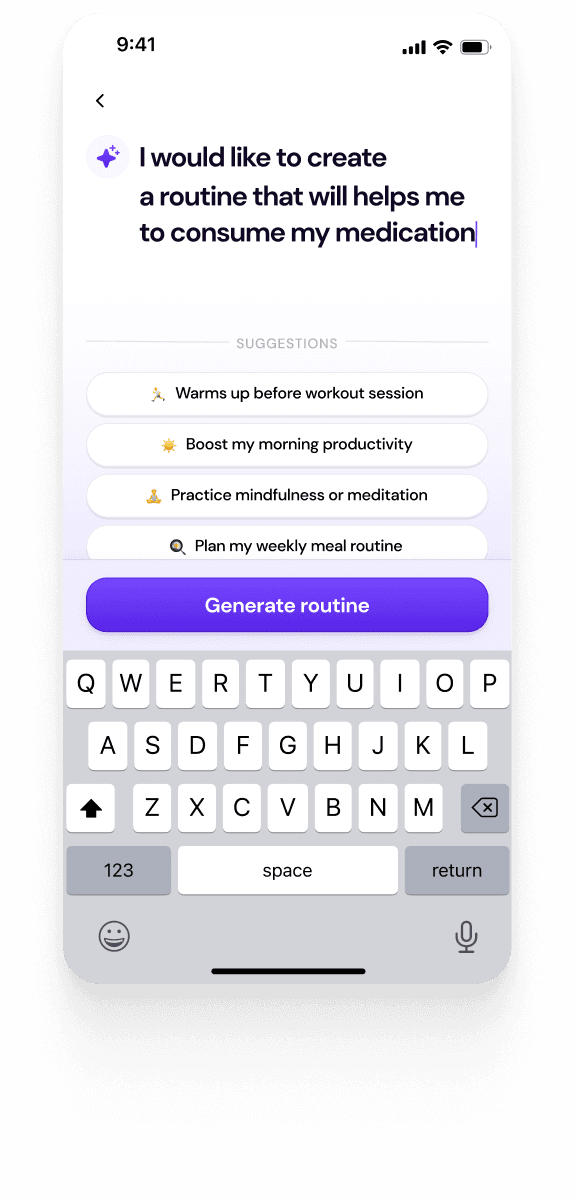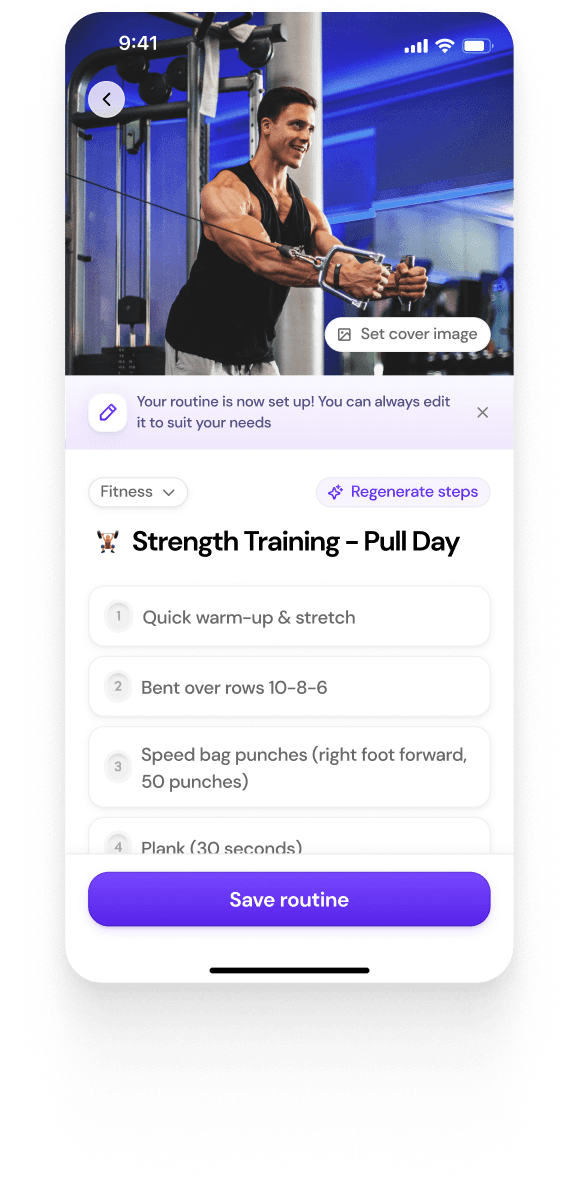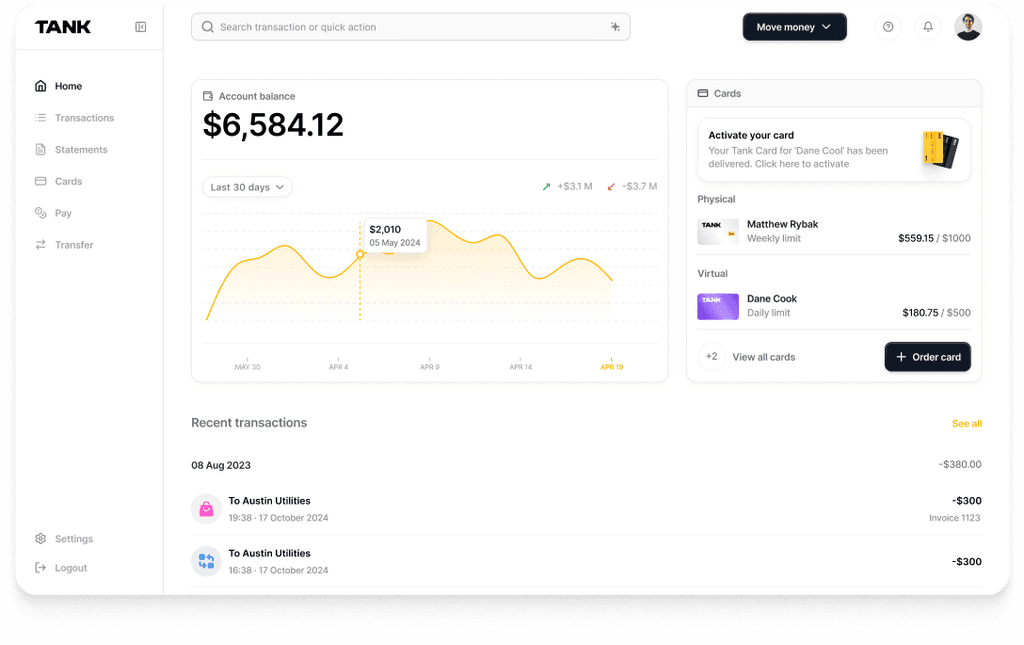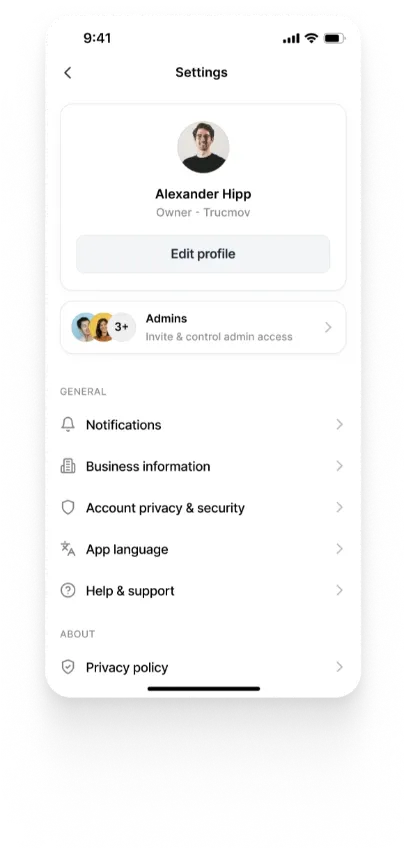Testing AI in Sandboxes
Summary
Sandbox environments are essential for AI testing, ensuring security, stability, and performance without risking live systems. They isolate AI models, allowing controlled testing of scalability, reliability, and security. Platforms like Modal and E2B offer sandbox solutions, with Modal focusing on managed, secure execution and E2B providing open-source flexibility. By leveraging sandboxes, organizations can experiment with AI safely.
Key insights:
Sandbox Purpose: Provides a controlled environment to test AI without affecting live systems, ensuring security and stability.
Key Providers: Modal offers a managed, secure sandbox with gVisor, while E2B provides open-source, Firecracker-based solutions.
Scalability & Flexibility: Modal dynamically allocates resources for large-scale AI testing; E2B enables self-hosting and long-running workflows.
Security & Isolation: Modal uses containerized execution, while E2B employs microVMs for hardware-level isolation of AI processes.
Use Cases: Ideal for testing adversarial AI models, unstable algorithms, cross-platform compatibility, and secure pre-deployment validation.
Introduction
For AI applications, testing is crucial to ensure models perform as expected without compromising security or stability. Sandboxing offers a controlled environment where AI solutions can be tested, isolated from production systems, and evaluated for scalability, security, and reliability. This method enables developers to experiment with new algorithms and datasets while minimizing the risks to live environments.
In this insight, we explore the role of sandboxes in AI testing, examining key providers, technical and commercial considerations, and the most effective use cases for this approach.
Definition and Use for Testing AI Solutions
A sandbox is an isolated, controlled environment used to test and experiment with software, applications, or code without harming critical systems. In the context of AI testing, sandboxes provide a safe space to evaluate AI solutions, preventing them from interacting with production environments or network resources. This ensures that AI models, algorithms, and data processes can be tested for functionality, security, and performance without affecting live systems.
The primary purpose of a sandbox in AI testing is to create a virtual space where AI solutions can run in isolation. It emulates real-world conditions, such as devices and operating systems, and monitors how the AI behaves in different scenarios. If an AI solution behaves maliciously or unexpectedly, the sandbox prevents it from causing any damage to the main network or systems. Developers use them to test new AI models or updates, ensuring they do not introduce bugs or vulnerabilities into the production system. By simulating real-world conditions, researchers can observe how AI behaves, understand potential risks, and refine the system to prevent failures.
Key components of a sandbox include device emulation, operating system emulation, and virtualization. These elements ensure that the AI solution interacts with the environment as if it were running in a real-world setup, allowing for comprehensive testing. Sandboxes also provide detailed monitoring, which tracks all actions and interactions, helping identify hidden or evasive behaviors such as attempts to breach security.
Providers Overview
1. Modal
Modal is a platform designed for secure, sandboxed code execution, enabling users to define and run compute tasks in a controlled environment. It is particularly useful for executing AI-generated code safely, evaluating large language models (LLMs), and handling untrusted code. With its gVisor-based runtime (a lightweight, secure sandbox that isolates containerized applications), Modal ensures strict security and isolation, allowing developers to confidently execute arbitrary code. The platform supports universal code execution, working with various programming languages and container images beyond Python. Modal also provides persistent data management, network accessibility, and security features, making it a powerful tool for AI-driven applications. Trusted by companies such as Codegen, Hunch, and other AI-focused businesses, Modal simplifies infrastructure management and allows teams to focus on their core competencies.
Developers can leverage Modal's advanced sandbox features to run LLM agents, build stateful interpreters, execute untrusted code in multiple languages, and even set up secure Jupyter notebooks. With interactive streaming, persistent storage, and controlled networking, Modal is an excellent choice for organizations looking for a flexible and secure environment for AI-driven workflows.
2. E2B
E2B is an open-source runtime designed for executing AI-generated code in secure cloud sandboxes. Tailored for agentic and AI use cases, E2B enables developers to run LLM-powered applications, code interpreters, and autonomous agents with minimal setup. It supports a variety of LLMs, including OpenAI, Llama, Anthropic, and Mistral, and offers a fast, low-latency runtime that starts in under 200ms. Developers can run Python, JavaScript, Ruby, and C++ code seamlessly in the E2B sandbox, ensuring compatibility with a wide range of frameworks and libraries.
E2B provides features such as filesystem I/O, interactive charts, package installation, and secure execution with Firecracker microVMs. Sandboxes can run for up to 24 hours, allowing for extended AI workflows. Additionally, E2B offers self-hosting options, enabling enterprises to deploy secure environments within their own cloud infrastructure. With a strong focus on security, battle-tested reliability, and ease of integration, E2B is trusted by top AI companies for data analysis, workflow automation, and large-scale AI model evaluations.
Both Modal and E2B offer cutting-edge solutions for executing AI-generated code securely. Modal focuses on providing a fully managed, developer-friendly experience with robust security guarantees, while E2B emphasizes flexibility, self-hosting, and open-source accessibility. Depending on the use case, organizations can choose the platform that best aligns with their AI and computing needs.
Technical Analysis
Below is an expanded technical analysis that delves into why each key aspect is critical for AI testing—and how Modal and E2B address these points in their sandbox environments.
1. Environment Isolation
When testing AI solutions, isolation is paramount to prevent unintended interactions between test code and live systems. A robust isolated environment ensures that any anomalous or potentially unsafe code is confined to a controlled space, minimizing the risk of data breaches or system instability. This is especially crucial in AI, where generated outputs might exhibit unpredictable behavior.
Modal employs container-based sandboxing using a gVisor-powered runtime. This setup creates a secure, encapsulated environment in which AI-generated or user-submitted code can execute independently. By dynamically defining compute tasks within these containers, Modal ensures that any errant behavior remains strictly within the sandbox, thereby protecting other components of the system from cross-contamination or unintended interference.
E2B offers secure cloud sandboxes powered by Firecracker microVMs, which provide robust hardware-level isolation. Each sandboxed session is an isolated virtual machine where code runs independently of the host system. This design is critical for executing untrusted AI-generated code safely, ensuring that if an application behaves unexpectedly, its impact is contained entirely within its own environment.
2. Scalability
Scalability is a fundamental requirement for modern AI testing platforms, as they must handle large models, complex datasets, and high volumes of concurrent testing tasks. Efficient resource allocation and the ability to scale horizontally or vertically ensure that testing environments can meet the computational demands without introducing performance bottlenecks. This flexibility is crucial for both experimental and production-level workloads.
Modal’s architecture is designed to dynamically allocate resources to meet varying workload demands. By allowing users to define compute tasks on the fly and orchestrate distributed testing, Modal can efficiently handle large-scale AI experiments. This scalable model enables teams to process complex datasets and execute heavy workloads without compromising on performance or security.
E2B is engineered with scalability in mind—it offers rapid sandbox startup times (typically under 200 milliseconds) and supports long-running sessions of up to 24 hours. This allows it to cater to high-throughput scenarios, where thousands of sandbox instances might be needed concurrently. E2B’s robust infrastructure ensures that even as demands increase, the execution of AI-generated code remains performant and reliable.
3. Ease of Setup
Ease of setup is essential for reducing the overhead associated with testing new AI solutions. A user-friendly configuration process enables developers to quickly integrate sandbox environments into their workflows, accelerating experimentation and reducing time-to-market. Minimal setup complexity also helps ensure that the focus remains on developing and refining AI models rather than managing infrastructure.
Modal prioritizes a streamlined “Get Started” experience, complete with clear documentation and an intuitive interface. This ease of setup allows developers to rapidly configure and deploy sandbox environments tailored to their specific AI testing needs. By reducing the friction of integration, Modal helps teams to concentrate on innovation and rapid iteration.
E2B is built as an open-source runtime that comes with comprehensive SDKs for languages such as Python and JavaScript. Its design facilitates near-instantaneous sandbox initialization, meaning developers can integrate and start testing code with minimal configuration. This approach not only speeds up the development cycle but also ensures that even complex dependency chains are handled seamlessly.

Commercial Analysis
1. Pricing Comparison
Modal offers a free "Starter" plan designed for small teams and independent developers. It provides $30 in monthly compute credits, three workspace seats, and support for up to 100 containers and 10 GPU concurrent runs. The plan includes limited access to crons and web endpoints, real-time metrics and logs, and the option to select regions, making it ideal for initial testing and development need
E2B is positioned as an open‐source runtime, emphasizing accessibility and ease of entry. It also offers a “Start for Free” option, which is ideal for developers and teams looking to experiment without any initial financial commitment. While the core sandboxing functionality is available at no cost, organizations looking for enterprise features—such as self-hosting on AWS or GCP, advanced compute options, or dedicated support—may incur additional charges. E2B’s pricing is structured to be cost-effective for early-stage projects, with scalable options available as usage increases and deployment moves into production environments.
2. Support Services Comparison
Modal offers a robust support ecosystem tailored to developers and enterprise teams. Their support services include extensive documentation, community forums, and dedicated technical assistance. Additionally, Modal frequently provides demo sessions and consultations, ensuring that customers receive prompt guidance for troubleshooting, integration issues, or optimizing advanced AI testing scenarios. This proactive support model helps teams maintain productivity and quickly resolve any challenges encountered during development.
E2B supports its users through comprehensive documentation and an active open-source community, which can be invaluable for peer troubleshooting and rapid iteration. For organizations with enterprise-level needs, E2B also offers optional professional support and consultation services. These offerings are designed to help clients deploy the sandboxing solution at scale, manage self-hosted environments, and ensure seamless integration of advanced AI workflows. This model is especially beneficial for teams looking for a low-cost entry point with the option to upgrade support as their requirements grow.

Use Cases and Recommendations
1. Critical Scenarios
Sandboxes play a vital role in addressing specific AI testing scenarios. Below are some detailed use cases with examples:
Experimenting with Vulnerable AI Models: When testing AI models prone to adversarial attacks, such as image recognition systems that can be tricked into misclassification with slight pixel changes, sandboxes allow developers to analyze vulnerabilities in a controlled environment. For instance, a sandbox can emulate real-world attacks to see how a facial recognition AI reacts to adversarial inputs without risking the live system.
Testing Unstable Algorithms: New algorithms, particularly those in reinforcement learning, may exhibit unpredictable or destabilizing behaviors. For example, a self-learning AI trained to play games might inadvertently generate actions that cause crashes or memory overflows. Sandboxes ensure that such behavior is isolated and studied without impacting other systems.
Validating AI Before Deployment: AI models require rigorous validation before production. For instance, a financial forecasting model may need testing with large, sensitive datasets to ensure accuracy without exposing the data to risks. Sandboxes provide secure environments to conduct these tests while safeguarding sensitive information.
Simulating Cross-Platform Scenarios: Testing AI solutions across different operating systems, devices, and platforms is critical for compatibility and performance optimization. For instance, an AI-powered chatbot integrated into both Android and iOS applications can be tested in a sandbox mimicking these environments to identify platform-specific bugs or inefficiencies.
2. Recommendations
When choosing a sandboxing platform for AI testing, the decision depends on specific needs such as security, scalability, ease of integration, and cost. Below are platform recommendations tailored to different scenarios:
For Security and Isolation: If you are dealing with untrusted AI code or high-security risks, Modal is a robust choice. It provides gVisor-powered runtime for strict isolation, making it ideal for testing adversarial AI models or unverified algorithms.
For Open-Source Flexibility: For organizations preferring an open-source solution with self-hosting options, E2B is an excellent choice. Its Firecracker microVMs provide hardware-level isolation, and it supports running long AI workflows for up to 24 hours. This is particularly useful for companies with custom infrastructure needs.
For Scalability and Enterprise Needs: Modal is well-suited for large-scale AI testing, especially in enterprise scenarios. Its dynamic compute task allocation and distributed testing capabilities make it ideal for handling complex datasets or workloads that require scalability.
For Ease of Setup and Rapid Testing: For teams needing a quick setup and minimal configuration, E2B offers near-instantaneous sandbox initialization and comprehensive SDKs. It is ideal for early-stage development where developers prioritize fast integration and prototyping.
By aligning platform features with the use cases, organizations can choose the most appropriate sandbox environment to optimize security, performance, and efficiency in AI testing.
Conclusion
Testing AI solutions in sandbox environments is a critical practice for ensuring security, stability, and performance without risking live systems. Platforms like Modal and E2B offer robust solutions, each catering to different use cases and organizational needs. Modal provides a developer-friendly, fully managed environment with strong security features, making it suitable for high-risk scenarios. Meanwhile, E2B emphasizes flexibility and open-source accessibility, making it ideal for teams seeking customizable, scalable solutions. By leveraging sandboxing, organizations can confidently validate AI models, explore innovative approaches, and mitigate risks, ensuring safe and reliable deployment in production environments.
Authors
Expert AI Integration with Walturn
At Walturn, we specialize in integrating AI solutions with precision. Our expertise ensures your AI models undergo rigorous sandbox testing for security, reliability, and performance before launch—delivering optimal results without risks.
References
Goel, Ira. “Role of Sandboxes in AI Systems.” GIra Group, 4 June 2024, www.gira.group/post/role-of-sandboxes-in-ai-systems.
“Open-Source Code Interpreting for AI Apps.” E2b-Landing-Page.framer.website, e2b.dev/.
“Sandboxed Code Execution on Modal.” Modal, 2025, modal.com/use-cases/sandboxes.
“What Is a Sandbox Environment? - Meaning | Proofpoint UK.” Proofpoint, 21 May 2021, www.proofpoint.com/uk/threat-reference/sandbox.














